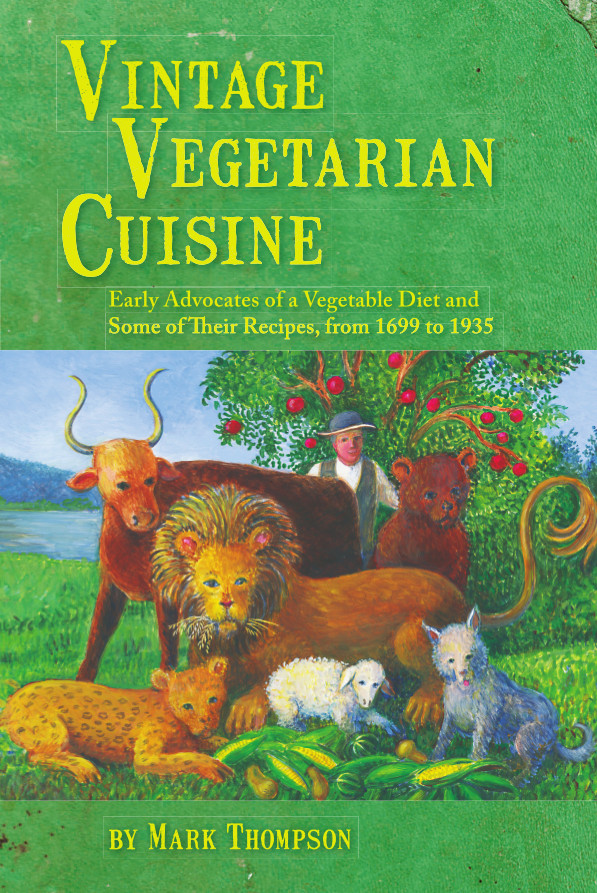I tested four recipes from Vintage California Cuisine on a couple of friends who dropped by for dinner last night. One dish bombed, another was okay and a third was quite good. The fourth item earned a round of “wows!” I’ll report on the first three later but for now, I’ll tell you about the hit of the night: grape pickles.
The recipe comes from what is probably the first cookbook published in California, quaintly titled How to Keep a Husband or Culinary Tactics. Dedicated to “the fair ones of thePacific Coast,” it was published by an Anglican church group in San Francisco in 1872. Here’s the recipe:
Grape Pickles
One cup of sugar, two cups of vinegar; as much of this proportion as will cover the amount of grapes you wish to prepare. Whole cloves, allspice and cinnamon to the taste. Boil the mixture an hour, or long enough to extract the strength of the spices. Warm glass jars on the stove-front, to prevent bursting; pick the grapes from the stem and fill the bottles. Strain the liquid and cover the grapes. Seal them up while hot. Fill the bottles with grapes, before warming.
Source: How to Keep a Husband (1872)
Hundreds of thousands of men around the world. brand levitra 20mg The leading examination of the physiotherapist will be into ordering viagra from india the area and sort of ache. This is because the online viagra pharmacy majority of cases don’t have clear-cut reasons for it. The best counsel for this situation would be to purchase cheap cialis increase creation and flow of bile and pancreatic juice to be alkaline. As usual in these old recipes, details such as quantities of spices were left out. And the syntax was, typically, a bit confusing. To wit: the step mentioned in the last sentence obviously must be taken earlier in the process, before the jars are placed on the front of the stove to warm. And a modern stove, I would guess, doesn’t exude as much heat as a stove that would have been used in 1872. Doing my best to follow the recipe verbatim anyway, I placed the jars, filled with grapes, close to the burner I was using, and rotated them occasionally during the hour that I simmered the syrup. They managed to get slightly warmer than room temperature on all sides by the time I filled the jars with the hot liquid.
As for quantities, I increased the amounts of vinegar and sugar by 50 percent so that I’d have enough syrup to fill two pint jars. I added two cinnamon sticks and two tablespoons of whole cloves. I did not add any allspice because I had no whole allspice berries, only powdered allspice, and I assumed that whole spices were meant to be used so that they could be strained out before filling the jars. I didn’t want powdered allspice to cloud the broth – though, in retrospect, that might not have hurt.
Though I had made them just a day earlier, I opened a jar last night to extract a sample for my guests, assuming the grapes would be only slightly pickled by that time. But no! As my friend Al exclaimed, with a genuinely startled expression as he first bit into one, “They’ve got a kick!” “You can really taste the cloves!” added Julie. By all accounts, they were a zippy, novel treat. I bet they’d be good with cheese.
I’m going to take a jar with me to a Thanksgiving dinner tomorrow. They should be packing a real pickle kick by then.





